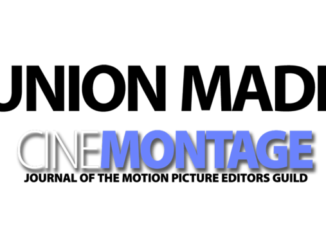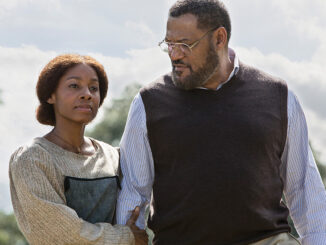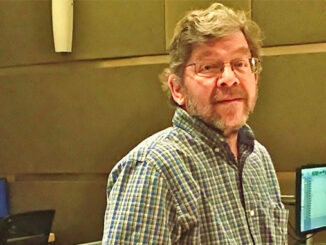
by Michael Kunkes • Portraits by Gregory Schwartz
At a recent Academy of Motion Picture Arts and Sciences event honoring 2007 Sound Editing and Mixing Oscar winners and nominees, nearly every honoree who spoke made a conspicuous point of recognizing the contributions of their engineers. It was a point well taken. Few people in the post pipeline are as critical to the final success of a movie or TV show, yet are so seldomly recognized.
Guild engineers are self-admitted gearheads who just plain love to fix things. They come from a variety of backgrounds—console manufacturers, recording studios, audio technology troubleshooting, and musicianship. The dub stage engineer, which is the most prevalent engineering post at the major studios, handles all of the console set up on the stage before each final mix. They confer with the mixers, sound editors, recordists and others in the sound department to determine exactly what materials will be brought to the stage, how many consoles will be required, how many tracks will be brought in, and what sample rate and frame rates will be used.
They then set the board up to enable the re-recording mixers to input those tracks and work––hopefully glitch-free––to mix them out to their ultimate deliverables. In many cases, they have supervised the console installations and stage build-outs themselves, so they know where every inch of wiring and fiber cable is located. Engineers are needed not only on the dub stages, but in sound editorial and on the ADR, Foley and scoring stages as well. It’s all about client service, especially at the major studios. Put simply, a good engineer must be able to repair anything, day or night, and have the necessary intuition to know where the problem is likely to be located.
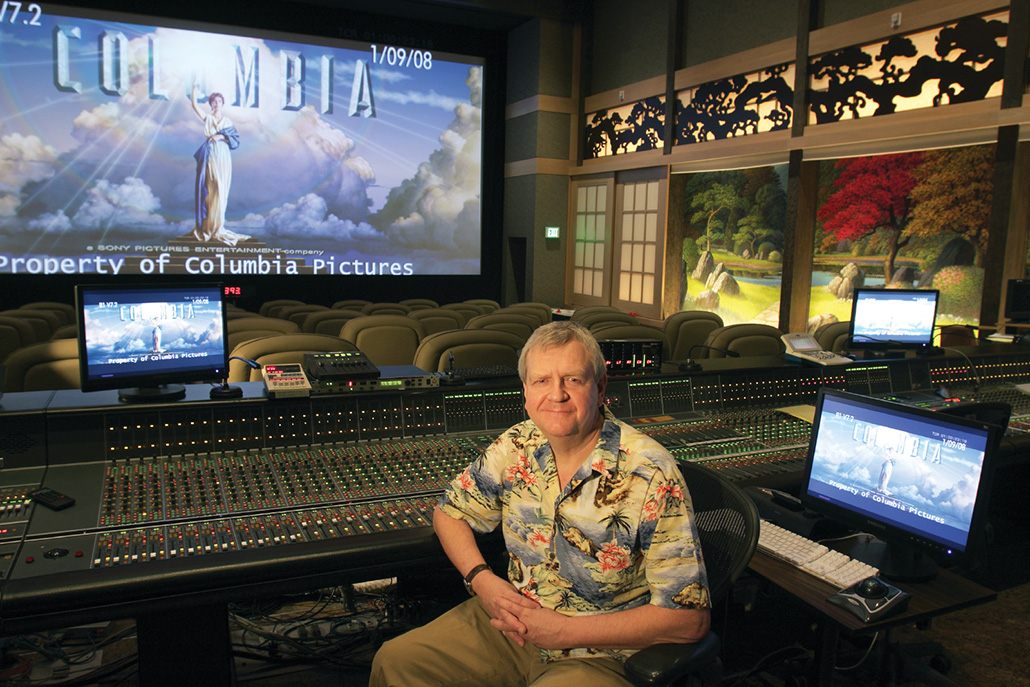
Traditionally, engineers have always dealt with two kinds of problems: “workarounds” (problems that can be lived with now and dealt with later) and “show stoppers” (problems that must be dealt with immediately). According to Warner Bros. dub stage engineer Tony Pilkington, show stoppers don’t happen too often in this day of consoles with DSP (digital signal processing) cores and DAWs (digital audio workstations), but they do happen. “There can be upwards of 500 to 600 sources coming to the console, spread across 20 DSP processors [each of those dealing with 40-50 channel inputs], as well as up to 16 DAWs on the stage,” says Pilkington. “If one of those is creating snaps and distortion, we have to ascertain whether we are dealing with source material from the DAWs, the audio interfaces to and from the console, or the console itself––which could be the actual channel strip, the route between the channel and its destination, or the I/O (input/output) for that particular track.”
Pilkington hails from Burnley, England, the home of AMS Neve, and has done installations and training on Neve consoles in England, Europe, the Far East and at US facilities, including Disney, Skywalker, Fox, Todd-AO and Warner Bros. He came on staff at Warners in 2002, hired to maintain the new Neve DFC consoles that equip three of the feature mix stages and six television stages. Warners is also equipped with Digidesign ICON and Euphonix consoles as well. At the dub stages, engineers work in two-man teams, with each team watching over two of the large mixing theatres. In Pilkington’s case, he works with fellow engineer Chuck Garsha on Stages 9 and 10, where the mix teams of Ron Bartlett/Doug Hemphill and John Reitz/Gregg Rudloff/David Campbell respectively hold court. “We are a team––made up of mixers, engineers and the recordists/mix techs,” he states. “The better we function as a team, the better the stage runs.”
For [Bryon] Williams, who joined Warner Bros. in 1995, the job is every bit as much about customer service, education and people skills as it is about engineering.
The major change that Pilkington and other engineers acknowledge is the switch to almost entirely software-based console operations. “Everything today is based around a DSP engine of some sort; it’s no longer a case of seeing something broken and fixing it at the component level,” he explains. “Problems are more likely to be exhibited in the software or in the way that two different mixers or editors will operate the console or workstation. We take a very keen interest in what direction the software development from AMS Neve and our other suppliers is going, and test a lot of software before it goes into our systems in a ‘prime time’ situation.”
Another major change on the dubbing stage is more recent; the new Intel Macintosh computers have joined forces with ProTools to create “Destructive Punch” (non-linear, tape-style) native ProTools recording, allowing ProTools files to instantly network in and out of editors’ workstations after they’ve been recorded on the dubbing stage––without the time-consuming file conversions associated with digital dubbers. It’s a change editors and mixers have been clamoring to get for years, and a big step on the way to what will ultimately be a virtual recording environment on the dubbing stage.
Bill Banyai has been chief engineer of film post-production facilities at Sony for the past seven years. He and two other engineers, Mark Onks and Robert Smith, service five huge feature dubbing stages on the lot, while another team keeps the five television stages, three Foley and three ADR stages in readiness. In addition, one engineer, Greg Loskorn, is assigned to the scoring stage. “The capabilities of all five of our film dubbing stages are exactly the same; we have a very consistent technical operation,” Banyai explains. “Each mix theatre has the same amount of inputs, the same number of ProTools feeding the systems, identical Harrison MPC2 DSP-driven consoles, Sony SXRD 4K HD projection and Pyxis HD random access video systems that are linked to all the stages for projection. File transport for editing, mix and video is via fiber channel on storage area networks.”
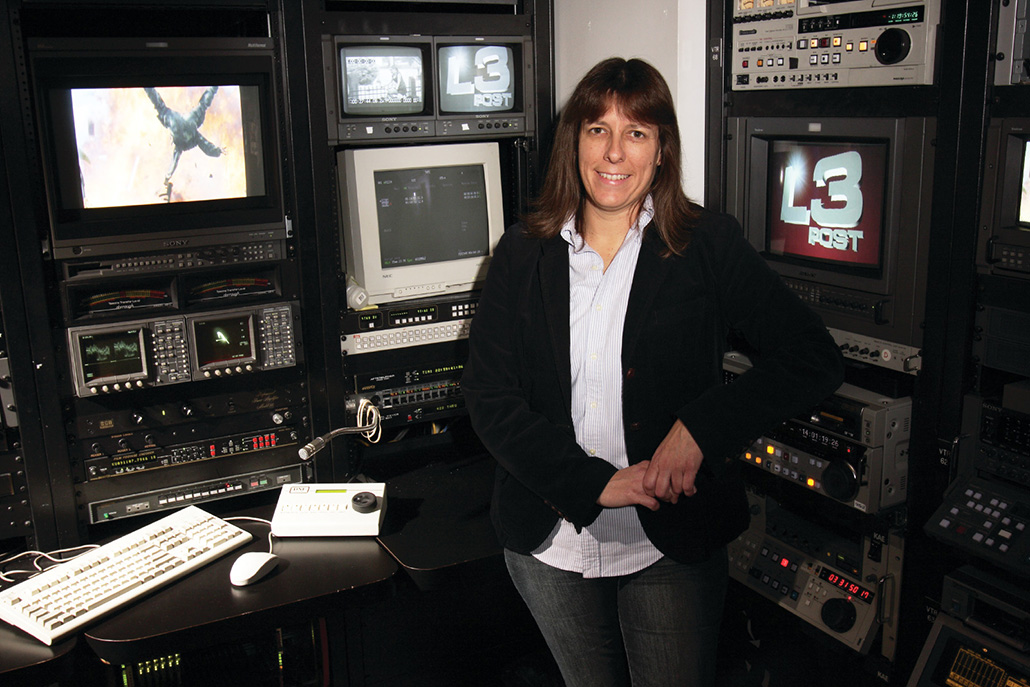
According to Banyai, who did the initial wiring planning for all ten dub stages at Sony (although another engineer, Brian Van Leer, has re-wired two of the TV stages––one for ICON and another for ProControl), the job is all about set up and expandability. “We may have to set up seven ProTools fix rigs for a temp dub; fortunately, our stages each have eight locations available to access those systems,” Banyai says. “With television dubbing, things are a little easier; TV stages just don’t change setups as often. They have a little more time to deal with things, whereas a feature stage may have to be ready at any time to go from a pre-dub to print mastering session to mixing a theme park ride in the evening––all on short notice.
“If you have a problem, it can take out the entire system, unlike analogue where you might just fry a channel or two,” Banyai continues. “With digital, you can lose all of bus number one out of eight on all the pre-dubs, so you can’t patch around it. The failure must be found and resolved.” The good news, he says, is that digital consoles are much more reliable than analogue, though they present their own set of problems. “Being able to deal with system-based situations is much more of a challenge,” Banyai adds. “They fail so seldomly that you really have to know the architecture of the console and how to correct problems quickly. That’s very important to what we do. Many times, I find myself called onto the stage to deal with something because I am the guy who designed the wiring in the first place.”
Another studio engineer, Warners’ Bryon Williams, works on the sound editorial side, maintaining most of the 175 ProTools systems on the lot, and working with some 300 different sound editors who rotate through at various times. Unlike dub stage engineers, Williams’ job usually begins before a show starts shooting. “When setting up for sound editors, a lot of things need to be taken into consideration ahead of time, so I will chat with the associate producer, the production mixer, sound assistants and supervising sound editor to nail down every aspect of the audio recording process.”
According to Williams, high definition is currently the biggest hurdle. “There’s no widespread understanding of what’s actually happening, so a lot of mistakes are being made because the education isn’t there,” he explains. “Production recordists don’t always record at the correct sample rates. There are so many different audio sample rates that come into play, and different media being delivered. The cameras may be doing one thing, while editorial may require another. If we have those conversations at the beginning, it’s usually not a problem.”
The major change that [Tony] Pilkington and other engineers acknowledge is the switch to almost entirely software-based console operations.
For Williams, who joined Warner Bros. in 1995, the job is every bit as much about customer service, education and people skills as it is about engineering. “We’re not just a bunch of guys with screwdrivers looking for something that’s broken,” he says. “I consider myself more of a ‘technical concierge’; I do build-outs on the sound editorial rooms, and I do a lot of ergonomic research and help to design the furniture that goes in those rooms. It may seem beyond the pale of what an engineer does, but it really isn’t. Warner Bros. is kind of a Petri dish for post in general; it’s all about how we can be the best we can be for our clients.”
Barbara Good is chief telecine engineer at Level 3 Post, a Burbank TV post house that works on series such as Scrubs, Bones, ER, 24 and Without a Trace. At Level 3, she is responsible for setting up and maintaining a complement of four Da Vinci 2K bays, as well as Cintel C-Reality and Thompson Spirit HD bays. “It’s different at a smaller shop,” says Good, who works with Level 3’s chief editorial engineer Martin P. Hernandez. “There’s a lot more demand on the equipment and we have to run a lot leaner, which means we don’t carry a lot of spares.”
Good supports the day-to-day operations and checks the machines for any anomalies. “You have to troubleshoot telecines right down to the board level, and the boards are so densely packed that when something goes wrong with one of them, repair is not an option––you have to send them back for an exchange,” she explains. “Down time is never acceptable, but we rely heavily on manufacturer support, and it’s great to work with companies like da Vinci who provide 24/7 service, because this is not a nine-to-five business.”
She adds that when a client wants something out of the ordinary, such as getting two different film looks in the same transfer; she and the colorists will come up with a way to do it. “HD has also complicated things because clients still want two masters, a DVCam Avid master for SD, and an HD tape master––and both have to match perfectly,” Good says. “We always have to plan in advance for that.”



